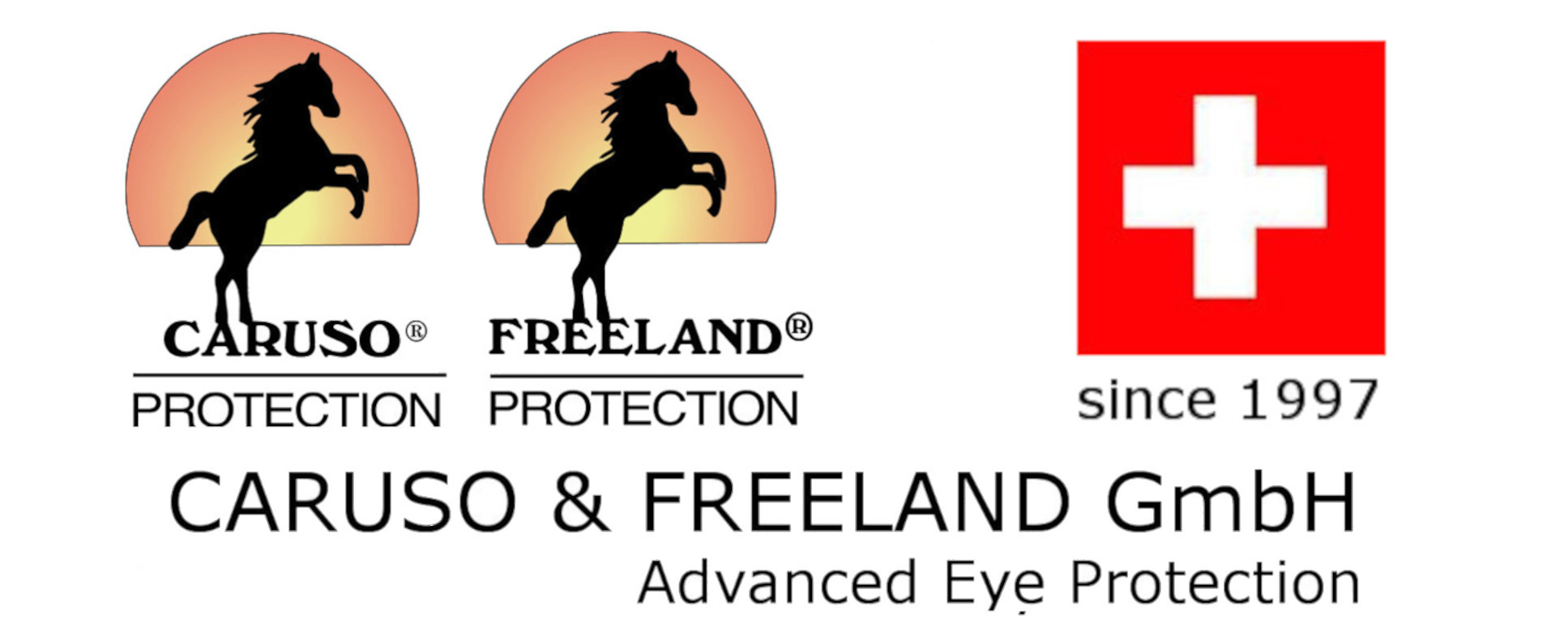Chère Madame, cher Monsieur.
Nous sommes très heureux de l'intérêt que vous portez à nos données scientifiques. Nous espérons apporter une contribution positive à l'amélioration de la protection des yeux pour l'ensemble de la population.
Nous n'obtiendrons une image plus précise que si nous travaillons ensemble dans différentes disciplines et que nous partageons nos connaissances.
Nous travaillons en collaboration avec des spécialistes en médecine, biologie, météorologie, ophtalmologie, dermatologie, hautes écoles spécialisées, universités, sécurité au travail, autorités sanitaires et industrie.
Notre entreprise CARUSO & FREELAND GmbH a investi plus de 20 ans dans la recherche et le développement en matière de protection oculaire et de la protection de la peau.
Si vous êtes intéressé par une collaboration, n'hésitez pas à prendre contact avec nous.
PAPER
Assessment of the Blue Light Ocular Hazard by Solar Measurements and the Impact of Selected Sunglasses Based upon the Limits of the International Commission on Non-Ionizing Radiation Protection Guideline
Krejci, Martin; Caruso, Giuseppe
A quantitative assessment of the blue light hazard for the human eye related to direct solar irradiation is presented. For six radiation situations, missing eye protection was compared to protection by nine different commercial sunglasses with and without an optimized blue light filter. Measurements of the solar irradiance were performed on Earth’s surface as well as at an elevation of 12 km in the cockpit of an airliner. An irradiation time limit was calculated from the measurement data, within which the maximum blue light dose of 100 J m −2 , recommended by the International Commission on Non-Ionizing Radiation Protection and mandatory for the safe operation of lamps according to the norm ICE 62471, is reached. The results suggest that the blue light dose limit is violated within less than 3 s when looking without eye protection directly into the sun. For Category 3 sunglasses without the optimized blue light filter, time limits of 10 to 25 s on Earth’s surface and 7 to 8 s at 12 km altitude were observed. The investigated Category 3 sunglasses with optimized blue light protection and suited for traffic use allow a time limit of more than 40 s on Earth’s surface and 18 to 95 s in the airliner’s cockpit. The outcome of the study is that the eye protection against blue light hazard related to solar radiation can be quantified using existing limits and that the choice of sunglasses is relevant: Traffic-worthy sunglasses optimized for protection against blue light hazard offer a better protection than non-optimized sunglasses.
Under this link you can purchase the scientific article:
